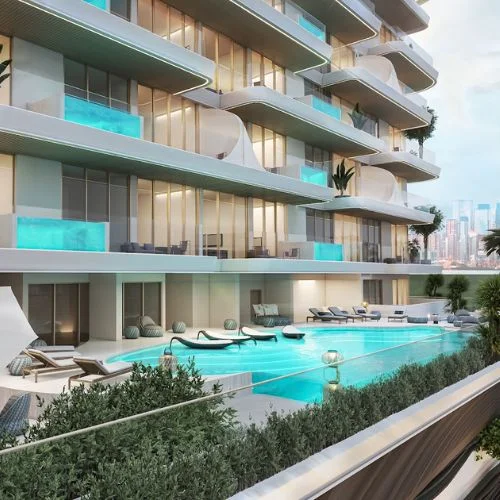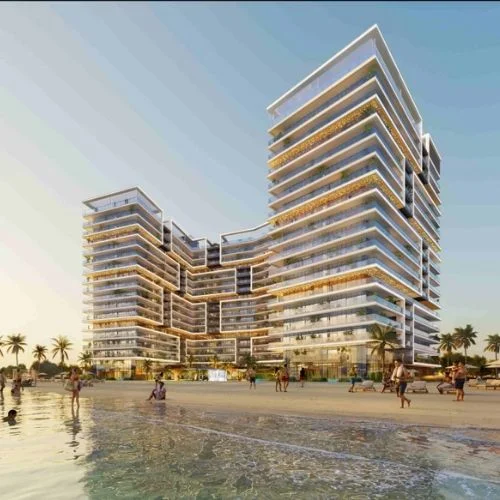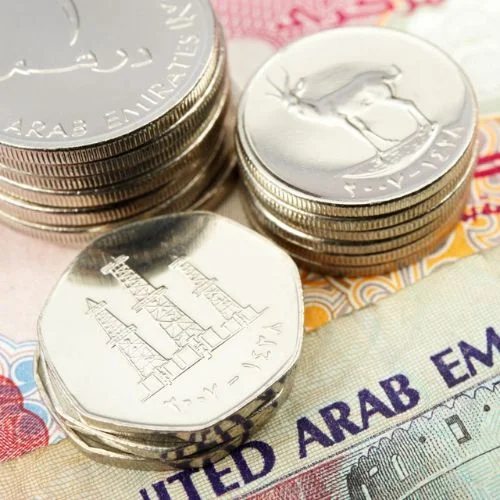According to Cushman & Wakefield, the new supply of retail space in shopping malls climbed 72 percent last year to 59.48 lakh square feet across eight major cities to match surging retailer demand. As many as 11 retail malls will open in the top eight cities by 2023, encompassing 59,48,395 square feet of area.
In the preceding year, nine malls opened in eight cities, with a total of 34,49,222 square feet. Three retail malls were completed in Hyderabad, while two were completed in Pune and Chennai. Each of the Mumbai Metropolitan Region, Delhi-NCR, Bengaluru, and Ahmedabad received one retail mall. In Kolkata, there was no new supply.
Cushman predicted that the year 2023 will see the most supply increase in the post-COVID world, with 59 lakh square feet of mall opening in the top eight cities in India. In 2019, the same cities saw an increase in the supply of about 50 lakh square feet of Grade-A and B+ malls.
“With a surge in supply of new malls in Q4, total mall supply across top 8 cities in 2023 surpassed the highs of 2019 by nearly million square feet,” said Saurabh Shatdal, Managing Director of Capital Markets and Head of Retail at India, C&W. “This underscores merchants’ considerable interest in entering or growing into the Indian market, which has been fueled by changing customer tastes, altering spending patterns, and a favorable business climate.” He anticipates that this momentum will continue.
The yearly average footprint of functioning malls was less than 30 lakh square feet in the prior three years (2020-22), according to the expert. “…developers shied away from this asset class that was worst hit due to the pandemic,” according to the report.
According to the consultant, businesses faced a shortage of high-quality retail space after COVID-19 since most Grade-A malls had tight vacancies.
India is the seventh-largest country in the world and a global commercial leader. In India, metropolitan cities and urban regions house between 35% and 40% of the population. The growing workforce, ease of conducting business, increase in employment possibilities, and general national growth all contribute to an improving standard of living.
Mumbai is one of the most expensive cities in India. It is India’s business and entertainment hub. According to the cost of living plus rent index, Mumbai tops the list. One of the reasons Mumbai is so costly is a shortage of space and an ever-increasing population. Because of the tremendous demand, house prices have skyrocketed.
Living expenditures are so high that a family of four would have to spend INR 82,000 a month, not including property rent. In terms of worldwide cities, Mumbai is more costly than Seattle or Frankfurt.
Delhi is the most expensive city to live in after Mumbai. Bengaluru, Kolkata, and Pune were next.















